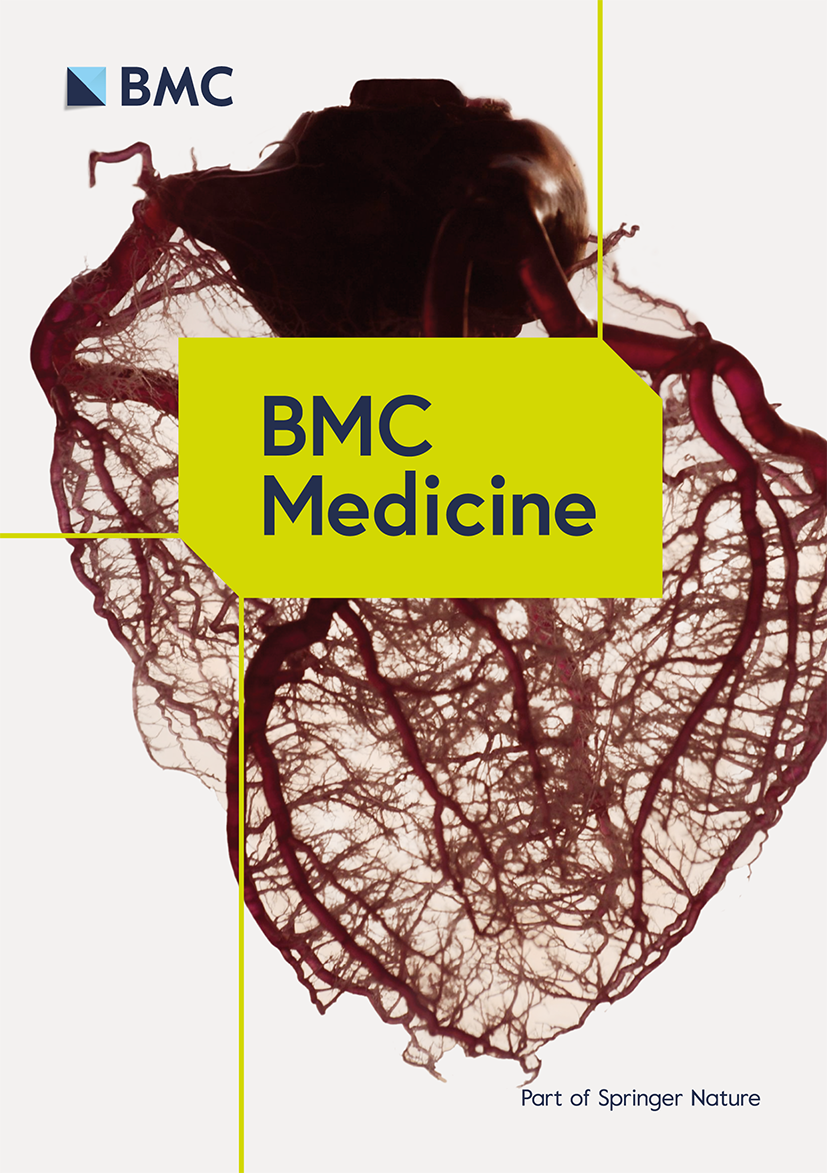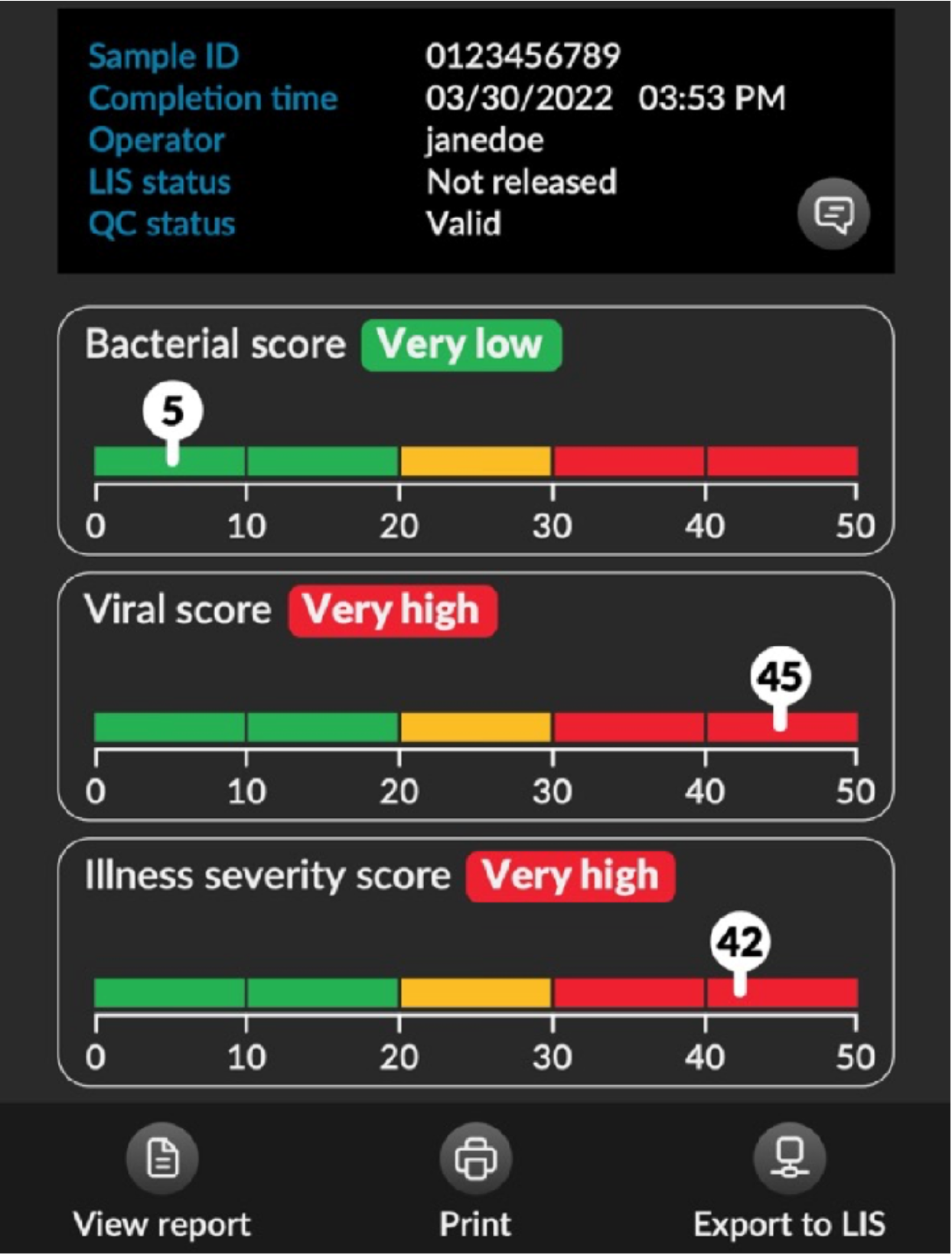Blood based diagnostic measurements can read the immunological state of a patient. For malaria infections, I found most of the variance corresponded to inflammatary molecules like IL-10. The second biggest axis of variance corresponded to immune cell types - Neutrophils versus B-cell and T-cells. Anemia was detectable even though blood heme genes were filtered.
At Inflammatix, I developed the gene expression inference and failure states of the TriVerity blood testing device for viral or bacterial infection detection in patients. During our successful FDA submission of TriVerity, performance was greatly improved by analyzing input data for problems, and transforming the inputs to have more homoscedastic Gaussian error functions. Analysis of variance and subsequent mathematical transformations led to ~10% improvement in AUROC of infection classification.

